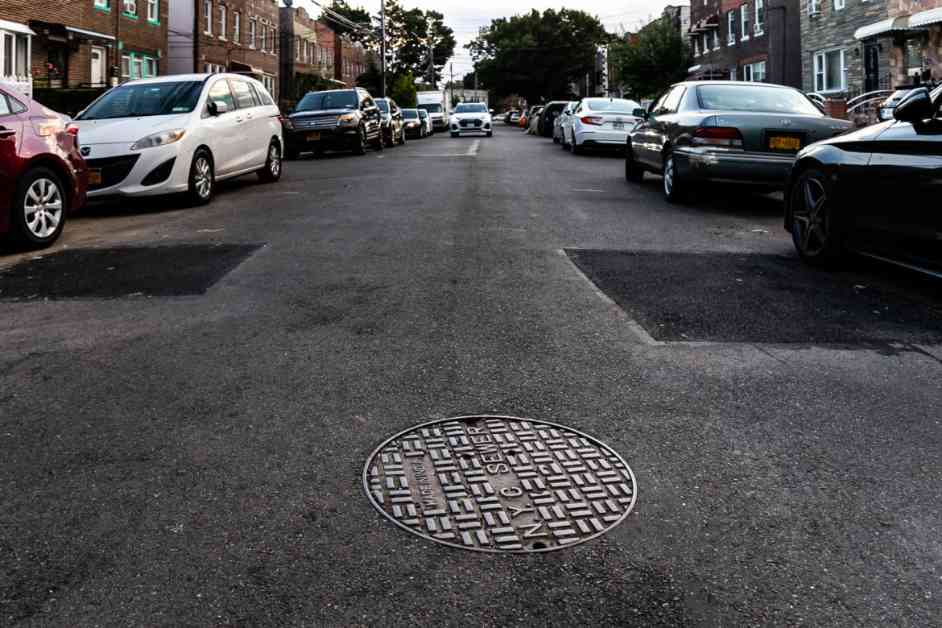The city experienced a significant increase in sewer backups in the most recent fiscal year, with a rise of nearly 32 percent compared to the previous year. This surge in sewer issues was attributed to the higher amount of rainfall the city received, totaling 61.3 inches compared to 39.9 inches in the previous year.
According to the Mayor’s Management Report, the Department of Environmental Protection (DEP) resolved a total of 2,851 sewer backup complaints between July 2023 and June 2024, showing an increase from the 2,164 complaints resolved the year before. Despite the increase in sewer backups, the time it took city workers to address these issues remained relatively consistent at just over three hours on average.
Interestingly, the fiscal year 2024 actually saw fewer clogged sewer incidents compared to fiscal year 2022, which had almost 5,000 incidents. The impact of Hurricane Ida in September of fiscal year 2022, which resulted in record rains and tragic deaths, contributed to the higher number of sewer backups during that period.
Moreover, the increased rainfall also led to more complaints about clogged catch basins, with a total of 11,066 complaints in the most recent fiscal year compared to 8,585 the year before. The DEP noted that it took approximately two and a half days on average to clear these catch basins, which was slightly faster than the previous year.
City officials have been proactive in addressing the challenges posed by stormwater flooding, allocating over $1.2 billion since Mayor Eric Adams took office to mitigate the effects. This includes the installation of new sewers and green infrastructure to help absorb rainwater before it enters the system.
Chief Climate Officer and DEP Commissioner Rohit T. Aggarwala emphasized the importance of updating the city’s infrastructure to adapt to the changing climate and protect residents from flooding. With climate change driving an increase in wet weather, it is crucial for cities like New York to prepare for future challenges.
As New York City continues to face the impacts of climate change, it is essential for city officials to prioritize sustainable and resilient infrastructure to ensure the safety and well-being of all residents.


